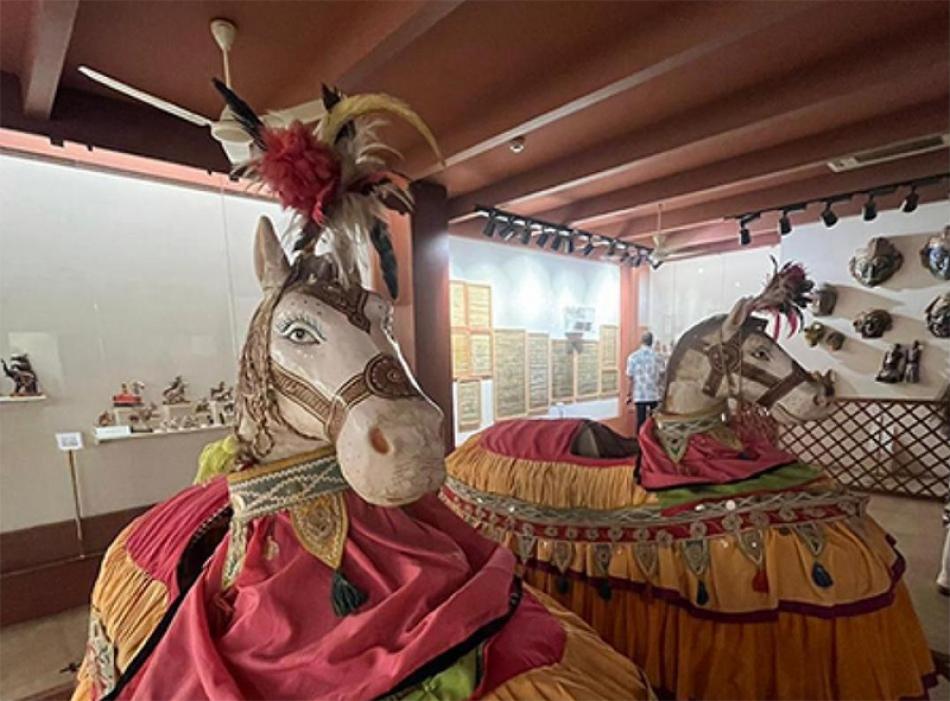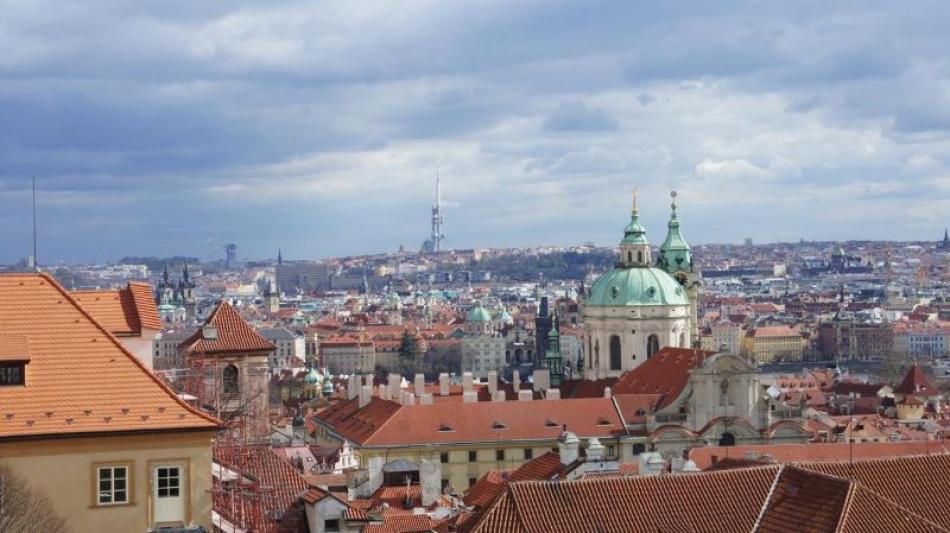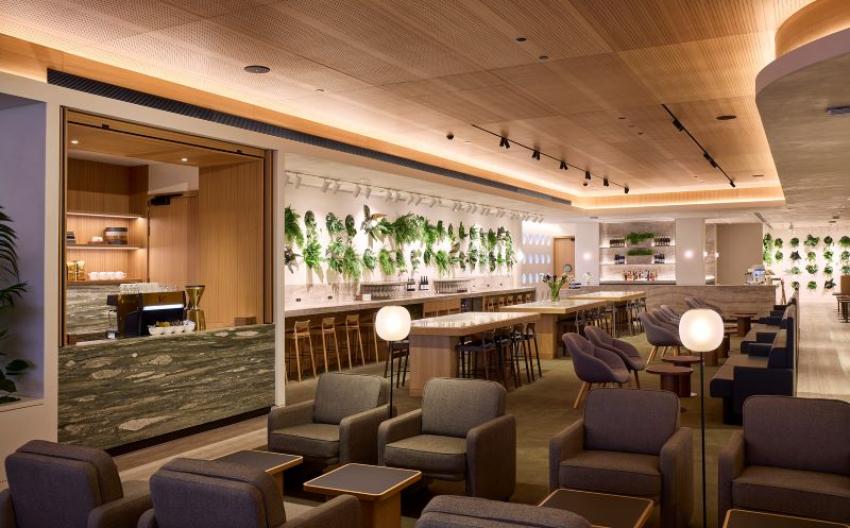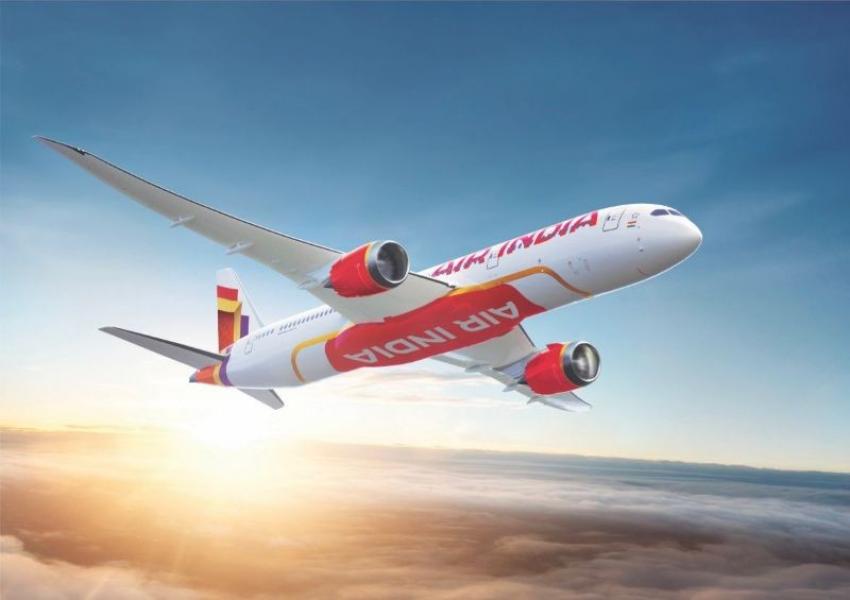NITN | @notintownlive | 28 Aug 2022, 03:50 am
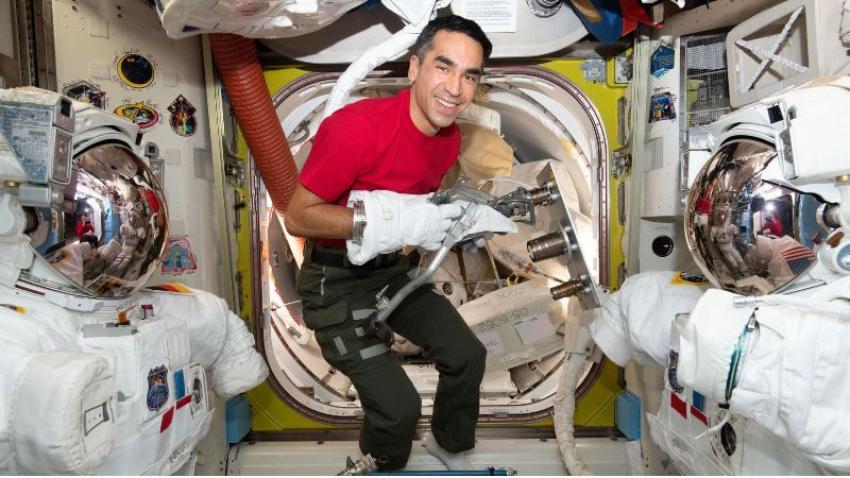 Space Science
Space Science
Images: NASA
Indian American astronaut Raja Chari spent 177 days on the International Space Station, where he conducted his first spacewalk and hada bird’s-eye view of Earth’s atmosphere. SPAN writer Krittika Sharma catches up with the spaceman
In early May, 2022, Raja Chari, an Indian American astronaut at the National Aeronautics and Space Administration (NASA), reentered Earth’s atmosphere with three other crewmates after spending six months on the International Space Station (ISS). From being a colonel in the United States Air Force to the first rookie commander of a spaceflight, Chari is the 599th human in space, and this was his debut flight.
Excerpts from an interview with Chari about his fascination with space and the science carried out on this “national laboratory” thousands of kilometers above Earth.
What has your experience as a trained fighter pilot and first NASA rookie commander of a spaceflight been like?
It’s been a pretty amazing journey. I’ve been fortunate to have a lot of help along the way, whether it’s been family or trainers. In terms of going from the Air Force to NASA, there’s a lot of similarity in the training. There are a lot of skill sets that transfer in terms of controlling a vehicle and talking to the control team.
But there’s also a lot that is very different. NASA is a more flat organization and not as hierarchical. It’s important to work as a team of peers, as a crew, as opposed to an individual in a jet. There are a whole lot of other differences, like spacewalks, robotics or other elements of the training beyond just flying.
I think the journey for me has been really, really fun. Just getting to work at Johnson Space Center and working with the people committed to something bigger than themselves is a big reason why I enjoy doing what I do.
The mission definitely did not disappoint. It was better than what I thought it would be. I expected the views. But what I didn’t expect was how fun it is to do so many different kinds of science on a daily basis and be involved in so many different teams.
Why did you become an astronaut?
As a child, a lot of times people would say, I want to be a firefighter or a doctor. In my case, probably as a 5-year-old, my mom has pictures of me dressed up as an astronaut on the “what you want to be when you grow up” day. So, I definitely had an early desire to do that.
As I got a little older, I started to walk that back a little bit to figure out what’s realistic. In high school or early college, I probably wouldn’t have told you I want to be an astronaut. I was more focused on becoming a pilot in the Air Force. But, just the idea of exploring was always something really fascinating to me–the idea of adding to human knowledge or trying to find and discover new things. As I got older I was very interested in physics, space and understanding the universe.
So, I think the combination of trying to explore and trying to understand how the universe works was sort of a natural push towards being an astronaut. It wasn't until I was in test pilot school that it finally dawned on me that there is a possibility of applying to NASA. At that point, it wasn’t even so much about a personal goal. It became more about the best use of my skills, and being an astronaut is a perfect way to serve.
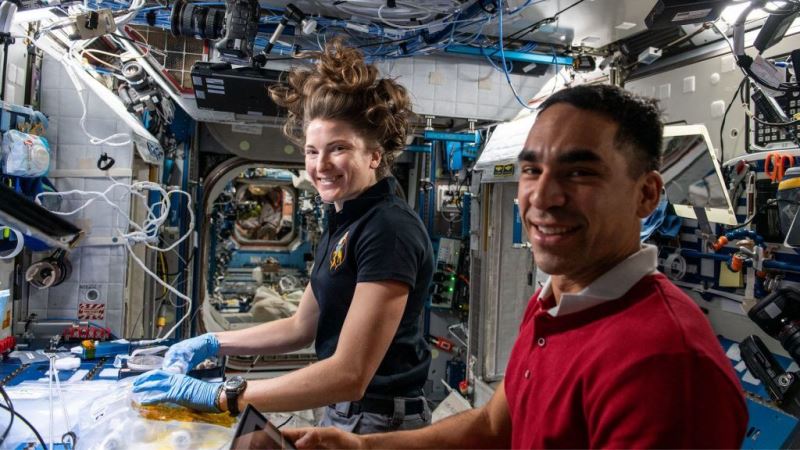
Most of the time, we're not the people who thought up experiments, ideas or theories, but we're the ones who get to go up into space and test them out for people. And just pushing the bounds of what's possible for humanity is why I want to continue to be an astronaut and why I became an astronaut to begin with.
What was the mission and goal of the ISS spaceflight?
We got up there in November 2021 and came back after about six months. We were part of Expedition 66 and 67. Every four to six months there's a new expedition, which is essentially a group of astronauts executing International Space Station operations. For our particular timeframe, we had about 300-plus different experiments.
The station has been up there, continuously crewed, for over 20 years. A part of our job is the maintenance and upkeep of the station–whether that's the environmental control or fundamental systems like our wastewater, food, water, or spacewalks to fix things on the outside of the station or install new equipment. In those six months, we also capture and release vehicles and that's what brings cargo to and from the space station.
We did four spacewalks amongst our crew. The first one was right off the bat when we got up there. Kayla [Barron]and Tom [Marshburn] did a spacewalk to fix a failed antenna.
Later on, Kayla and I did a spacewalk where the focus was installing a new structure that will give the station the ability to install new solar panels. The solar panels that are installed now are the original ones. These new ones are smaller and generate more power that we will need to keep the space station at least through 2030 and beyond.
In the third spacewalk, Matthias [Maurer] and I installed jumpers, which is basically a plumbing repair. And then towards the end of our mission, the Axiom Mission spent 15 days on the station. That was the first commercial launch. For commercial vehicles to come to the space station is a new era for spaceflight within NASA as we look at privatizing low Earth orbit and allowing NASA to focus on exploration of the Moon and Mars, and hopefully turning over a lot of low Earth orbit operations to private industry.
What was your first spacewalk experience like?
It felt a lot like being in the Neutral Buoyancy Lab (NBL)--the pool we used to train. So many people gave us advice prior to the first spacewalk to try to keep our eyes on what's in front of us. Some people can get the sensation that they’re falling, and even though they’re obviously not falling, just that visual sensation can be overwhelming.
Though I didn't have that problem, to avoid even having that possibility, I was very focused on looking at the handrail in front of me. Kayla and I had trained a lot together in our astronaut candidate training in the NBL and so they felt just like an NBL run as I was looking at her doing the body checks, checking her lights, her tools and other configurations.
I tried to stay very focused, almost to a fault I'd say, on my first spacewalk. For me it was very similar to flying in the Air Force, where you are really focused on the mission and everything is scripted.
It wasn't until maybe 45 minutes in, where I stopped and looked around a bit and down through the truss structure to the Earth. But I actually had to stop and take it all in.
What were your initial days like aboard the ISS?
The best analogy I've heard is that you're like a baby. You can't feed yourself, you can't go to the bathroom on your own, you can't really do anything. All you really want to do is sleep. You don't even want to eat when you first get there as you don't have much of an appetite.
The first 48 hours was just getting used to the sensation like you're falling all the time. I also experienced brain fog, where you have to think really hard about doing things. And that's because on Earth you can multitask.
For exampleI can be talking on the phone and I can put my drink down on the table knowing it's not going to go anywhere. In space, everything floats away. So it's very hard to multitask. For me, roughly about two to three weeks in, my brain flipped the switch in terms of orientation.
What were your key takeaways from the six months you spent in microgravity?
I think one of the unexpected things was just the joy of working with such a great crew. I didn't know how much of a difference having a great crew could be. It was also really cool to be a part of experiments that the ground team’s scientists or engineers thought of and worked for years to get on the space station, and getting the data for them.
I think the other big takeaway was how thin the atmosphere is. That layer of air over Earth is so minuscule compared to the space around it, and even to Earth below it. That just really struck me–how everything that I know or understand or have a conscious memory of is in that little tiny layer of air. And how important it is that we figure out somehow, as a society, as humanity, to preserve our planet, because it's all we have.
What was the most difficult habit to let go off on Earth after having spent that long in microgravity?
I think the habit that I most wish I could do is being in the flow places. I find it amazingly inefficient to have to get up and walk somewhere back. [In space] you could wait until the last second if you had a meeting because you could get there so fast by just shooting down the module and swinging around the corner.
The more subconscious and physical thing that I very quickly [needed to] adapt to was holding things when I came back. The first time we were on the plane from the landing site to Johnson Space Center, they handed me a container of blueberries. It had some condensation on the outside. I immediately dropped it as my fingers and brain couldn't do the computations to figure that this had condensation, so it's a little more slippery.
Even though I knew I needed to squeeze it, I just couldn't make my fingers squeeze hard enough and it fell right out of my hands.
What was your experience growing up as an Indian American? Are there any traditions you still hold on to?
My dad was the one who immigrated from India. And he made a really conscious effort, along with my mom, to keep us integrated with the local Indian American community.
We grew up in northeast Iowa. We would meet [the local Indian community] at the public halls that were rented out on all the major Indian holidays. I have very distinct memories of that growing up; it was almost like a second social family. Had my dad not done that, there wouldn’t be a whole lot of Indian Americans I would come into contact with in school. It was just a handful of us.
In terms of traditions we still hang on to, I have two middle names–an American and Indian one. That's a tradition we kept on with our children as well. Unfortunately, [my] father passed away, but we still talk about that with our children and try to keep them connected with my family's roots and where we came from.
I still see my cousins and now my cousin's children. So we stay connected as a family in that regard. We tried to keep the tradition of getting together with family reunions in different parts of the country. My father was the sponsor for most of my cousins, who are now in various places in the United States and around the world. I think that's also a pretty unique Indian American thing–living in both worlds, having lives both in the United States and also feeling connected to family back in India.
- Ready for India’s first nature-themed airport terminal in Guwahati? PM Modi shares first glimpse
- Free shows, fireworks & all-night parties: Why Berlin is the place to be this New Year’s Eve
- This new luxury Sleeper Bus in Europe lets you fall asleep in one country and wake up in another
- Guess which tranquil, beautiful Kerala village Anand Mahindra stopped by!
- Machu Picchu mystery: What left 1,400 tourists suddenly stranded in the Andes?
- One Fare stays! Ontario extends popular transit programme till 2027
- West Bengal climbs to No. 2 in India for foreign tourists, overtaking major states
- Air Canada Foundation flies more than 1,000 children to U.S. theme parks
- New Zealand revamps Golden Visa: What the shift means for Digital Nomads
- ‘Paris has Fashion Week – Berlin now has Freedom Week’
Qantas is set to open its new Auckland International Lounge on Dec 17, ahead of the peak holiday travel period, as the airline expands its trans-Tasman network. The new facility replaces the previous lounge and increases both floor area and passenger capacity.
Air Canada has introduced a new non-stop route connecting Toronto with Rio de Janeiro, with the first flight landing in the Brazilian city on Friday morning.
Air India, India’s leading global airline, and Maldivian, the national airline of the Maldives, have entered a bilateral interline partnership aimed at boosting connectivity between the two countries.

